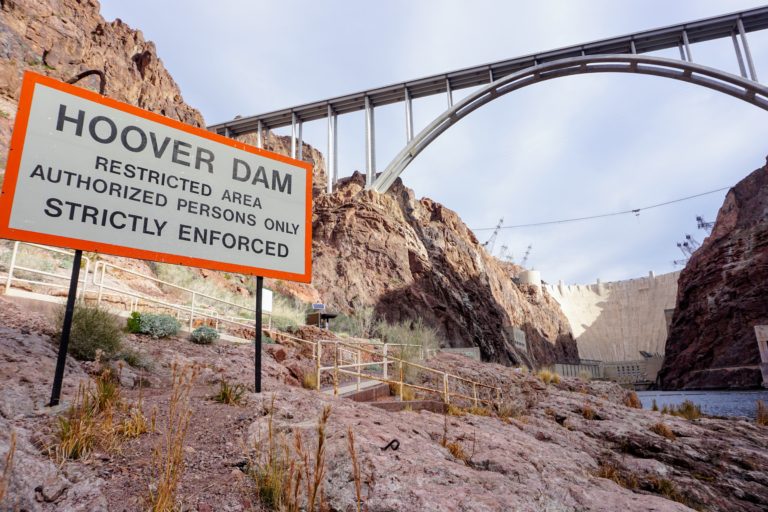Heading to Peru, I was particularly concerned about the altitude. The only time I had ever really spent at altitude was a weekend in Denver while I was already sick. I knew that the primary issue at altitude is lack of oxygen and I had been doing a lot of hypoxic training this spring and summer, but I really didn’t know how it would translate.
While most athletes are familiar with the concept of VO2 max, or the maximum volume of oxygen one is able to use, this season I have decided to focus on lowering my VO2 min, or the minimum volume of oxygen I need to use. As a swimmer, I have messed around with hypoxic sets for most of my life. When I started running this past spring, I started doing the same. While I haven’t been able to find any research suggesting this is beneficial to running (and a friend who is a running coach confirmed) I do this mainly to increase my ability to resist the urge to breathe.
I have been doing two types of breath hold training: high CO2 tolerance and low O2 tolerance. For the purposes of the Inca Trail, I am focusing on low O2 since the lower O2 saturation was my main concern before the trek.
I arrived in Cusco on Friday, three days before we left for the Inca Trail. Cusco sits at 3400m above sea level; for comparison, the highest point in Washington, DC is 125m above sea level. While I waited for my friends to arrive in Cusco, I wandered around the city, charging up and down the many hills. I noticed a slight headache while charging upwards. It was the same headache I get when I’m low on oxygen so I stopped running up the hills and after that I was fine.
I’ve always preferred uphills to downhills. So, although breathing was difficult on the uphills, my legs got trashed on the downhills. The first day and a half were great. We just climbed on and on, stopping to breathe a little, then continuing up. I recognized the feeling as that at the end of a stair race, when your legs are fine but the lungs just can’t pull in enough air. There isn’t much point in resting as a longer rest interval doesn’t increase the amount of oxygen available. However, after this trek, I really do think that I should be in good shape for stair racing this season. I am mentally tougher and I think that my primary limitations right now are mental, not physical.
| In case I hadn’t climbed enough, I decided to climb up a hill to the side of the pass while everyone else was at the bottom catching their breath |

